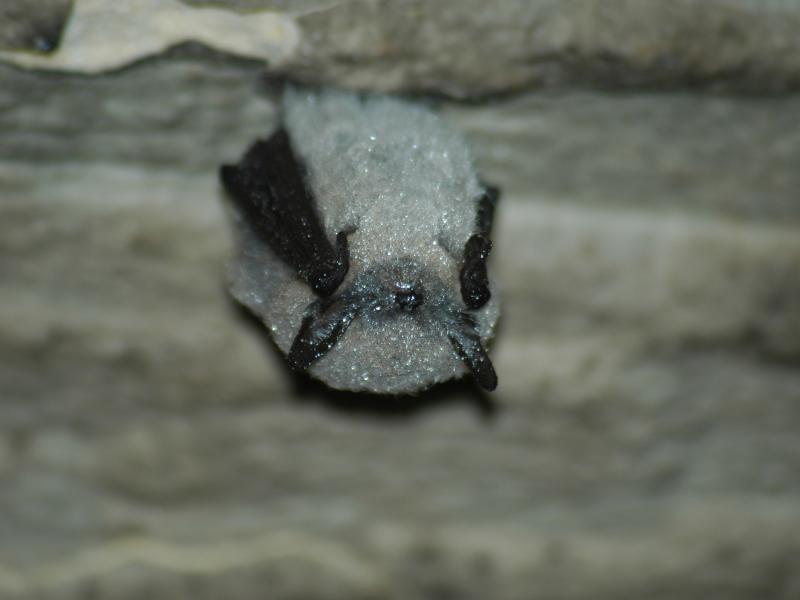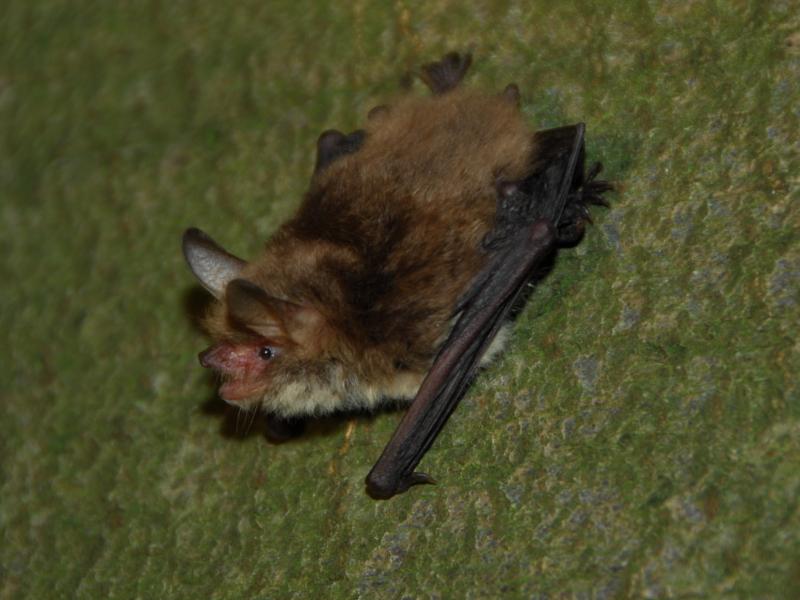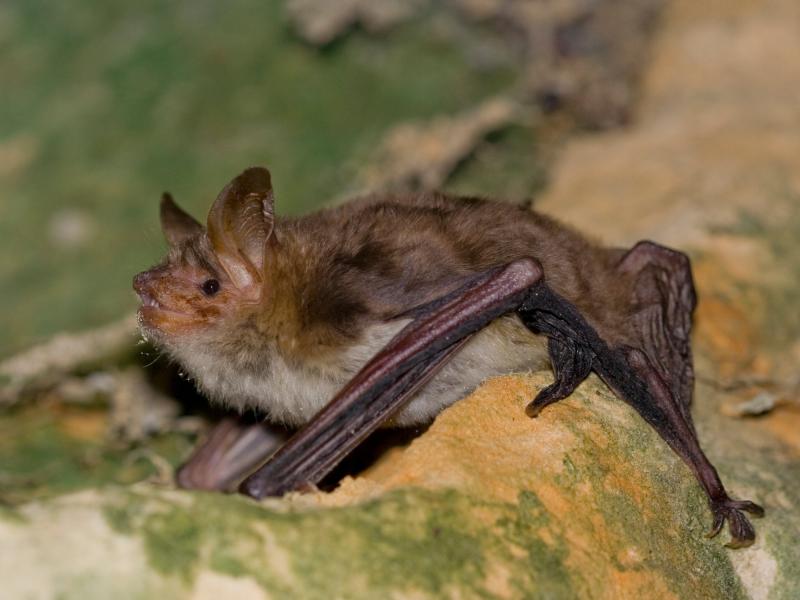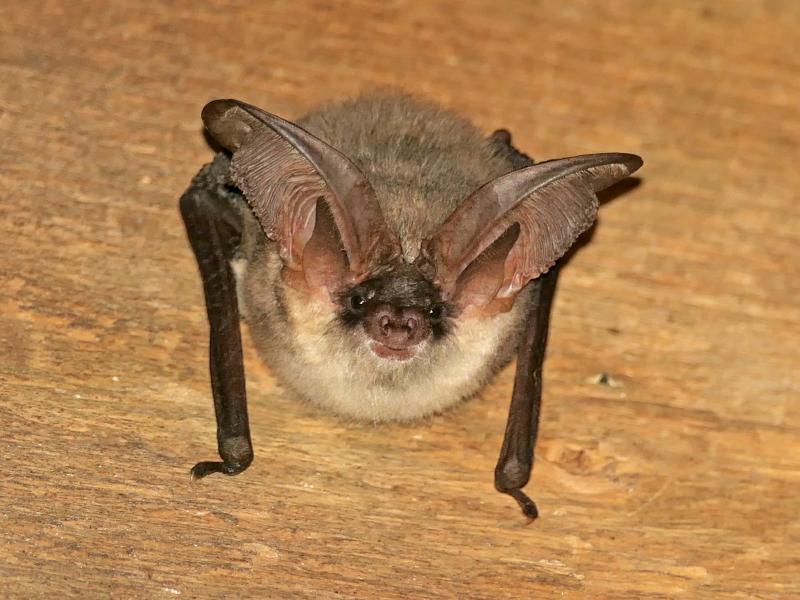Hibernating bats along the Dutch coast
Abstract: Hibernating bats along the coast of the Dutch provinces of Noord-Holland, Zuid-Holland and Zeeland are described from the first counts in the early 1960s until the winter of 2020, with an emphasis on trends since 1990. The main hibernacula complexes are located in the Natura 2000 dune areas of Meijendel- Berkheide and Kennemerland-Zuid, the Noord-Holland dune area, Kapittelduinen, Voorne and Schouwen. The inner dunes of the remaining coastal areas and the Delta also contain significant numbers. Until now, no hibernating bats have been found on the Wadden Islands. In most areas the numbers counted have increased strongly, though a large part of this may be due to hibernacula being better protected from disturbance. Much of the increase in bats counted is due to a strong increase in the numbers of Daubenton’s bat (Myotis daubentonii), which is by far the most numerous hibernating species along the Dutch coast (around three quarters of the total), with record numbers counted over the last few winters. Pond bats (M. dasycneme) are the second most populous species (around 13%), hibernating in bunkers between IJmuiden and Hoek van Holland. During the winter of 2019, a maximum of 682 animals of this species were counted, of which 578 were in Meijendel-Berkheide. This Natura 2000 area is by far the most important hibernating area for the pond bat in the Netherlands. Brown long-eared bats (Plecotus auritus) and whiskered bats (M. mystacinus) account for around (8% and 5% resp.) of the total each with up to 400-300 respectively counted per year. Their numbers can fluctuate strongly, and the later species is mostly found in the dune area between The Hague and Wassenaar. Natterer’s bats (M. nattereri) hibernate in modest numbers (just 1%) of several dozen (41-86) animals each year along the Dutch coast between IJmuiden and The Hague and on the islands of Schouwen, Walcheren and Goeree. The most important complex for this species is the Kop van Schouwen, with several dozen winter visitors. The remaining of the twelve hibernating bat species found hibernating in the coastal area during this period are Geoffroy’s bat (M. emarginatus), greater mouse-eared bat (M. myotis), common pipistrelle (Pipistrellus pipistrellus), Nathusius’ pipistrelle (P. nathusii), serotine (Eptesicus serotinus), barbastelle (Barbastella barbastellus) and grey long-eared bat (Pl. austriacus). The figures from the counts are compared with the national trend, calculated by Statistics Netherlands (CBS), which shows an increase in the numbers of most species, but less pronounced than the numbers recorded in these censuses. In the last ten years there has been a decline and/or fluctuations in the numbers of some species counted, notably the whiskered bat, Natterer’s bat and the brown long-eared bat. In the first case this may be due to milder winters leading this species to hibernate in tree hollows, etc. In the later case it reflects a national decline in numbers. A long term comparison between bunkers that are privately managed and those managed by nature conservation agencies shows that the latter are more effective in attracting increasing bat populations.











